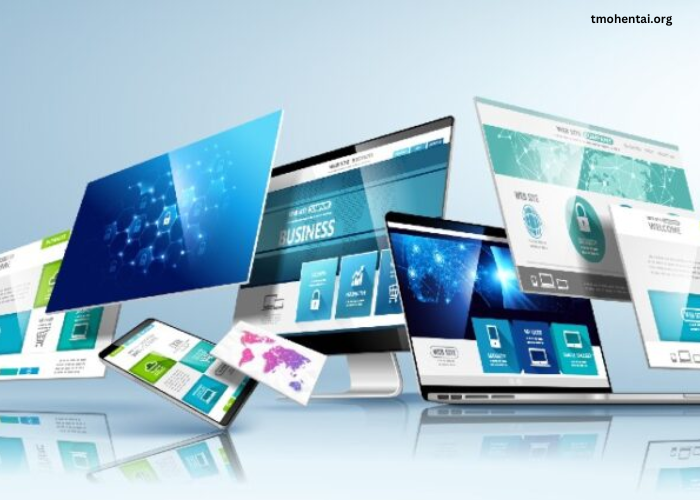Innovation and disruption are two powerful concepts that can be used to create value and propel a business forward. Entrepreneurs are always looking for ways to stay ahead of the competition and achieve success, and these two concepts have been proven time and again to be effective drivers of growth. This blog post will examine what innovation and disruption are, as well as the advantages and challenges associated with them. Additionally, we will look at some of the success factors for entrepreneurs who want to make use of innovation and disruption, along with best practices for exploring and exploiting these concepts.
What is Innovation and Disruption?
Innovation and disruption are two related concepts that are often used to describe the process of creating value through the introduction of something new or different. Innovation entails the development of new products, services, and processes that bring new value for customers or society, while disruption involves the introduction of a new product, service, or process that has a disruptive effect on an industry or market. For example, Apple’s iPod was an innovative product in the music industry, and Uber was a disruptive force in the taxi industry.
Advantages of Innovation and Disruption for Startups
For startups, innovation, and disruption can be invaluable tools for achieving success. They can help startups stand out from the competition and create new value for customers. Innovation and disruption can also help startups find new markets, develop new products and services, and generate new sources of revenue. Additionally, they can be used to reduce costs and increase efficiency for startups.
Success Factors for Entrepreneurs Exploiting Innovation and Disruption
For entrepreneurs who want to make use of innovation and disruption, there are several success factors to consider. Entrepreneurs should have a clear understanding of their target market and the customer needs they are trying to address. They should also be open to experimentation and be willing to take risks. Additionally, entrepreneurs should have a clear vision of the value they are trying to create and the competitive advantages they are trying to achieve.
Challenges and Barriers to Exploiting Innovation and Disruption
Despite the potential advantages of innovation and disruption, there are several challenges and barriers that entrepreneurs face in utilizing these concepts. One of the most common challenges is the lack of resources. Startups often have limited financial and human resources, making it difficult to implement new ideas and processes. Additionally, there may be a lack of expertise or knowledge in the area of innovation and disruption, making it difficult to find the right resources to help them achieve success. Finally, there may be resistance from existing customers or markets, making it difficult to introduce new products or services.
Examples of Successful Innovative and Disruptive Startups
There are numerous examples of startups that have used innovation and disruption to achieve success. Apple’s iPod revolutionized the music industry, while Uber disrupted the taxi industry. Additionally, Airbnb has disrupted the hospitality industry, and Instagram has become a powerful platform for sharing content. Other successful startups that have made use of innovation and disruption include Airbnb, Lyft, Spotify, and Dropbox.
Best Practices for Exploring Innovation and Disruption
For entrepreneurs who want to explore innovation and disruption, there are several best practices they can follow. Firstly, they should conduct research to gain a better understanding of the market and customer needs. Additionally, they should be open to experimentation and take calculated risks. Additionally, they should focus on creating value for customers and seek out partners or mentors who can help them achieve success.
Conclusion
Innovation and disruption are powerful concepts that can be used to create value and propel a business forward. Entrepreneurs should have a clear understanding of their target market and customer needs, as well as an open mind when it comes to experimentation. Additionally, they should have a clear vision of the value they are trying to create and the competitive advantages they are trying to achieve. Finally, they should be aware of the challenges and barriers associated with exploiting innovation and disruption, and follow best practices for exploring and exploiting these concepts.





